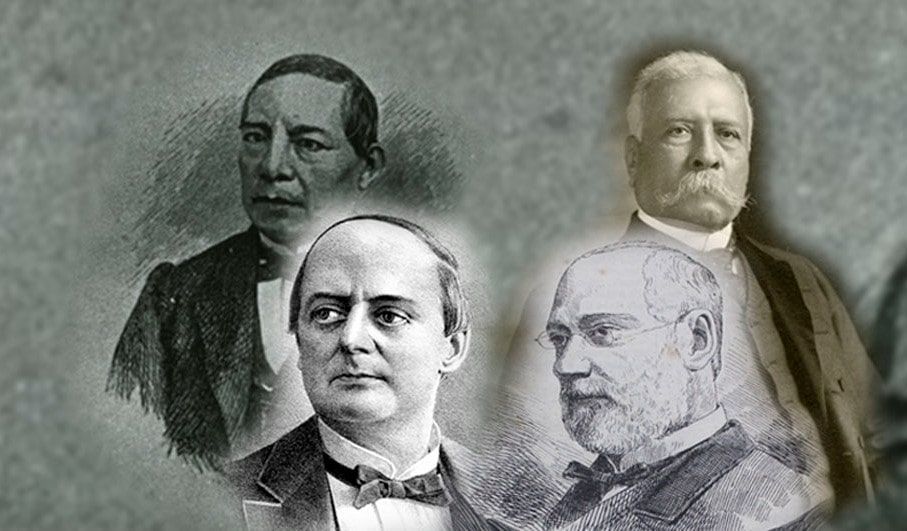Porfirio Díaz's road to power through documentary clues
Porfirio Díaz's arrival to power marked the end of the nineteenth-century civilian governments that had been headed by figures such as Benito Juárez, Sebastián Lerdo de Tejada and José María Iglesias. This led to the establishment of a military regime.





